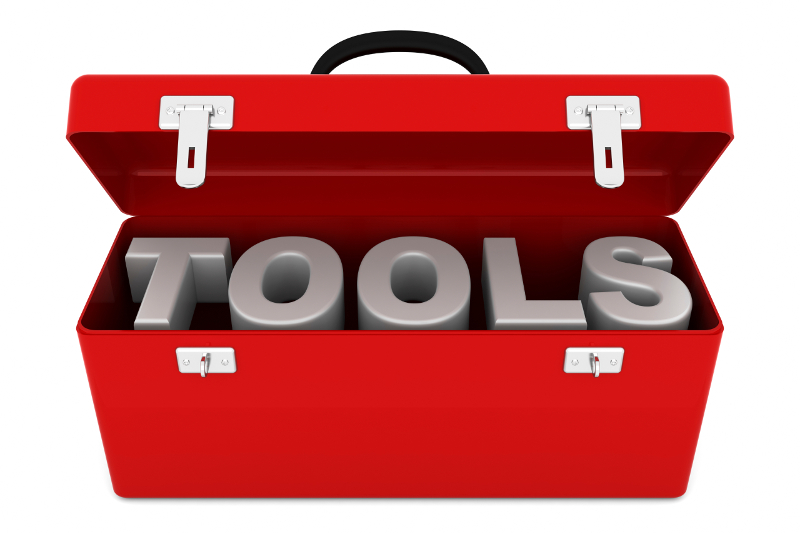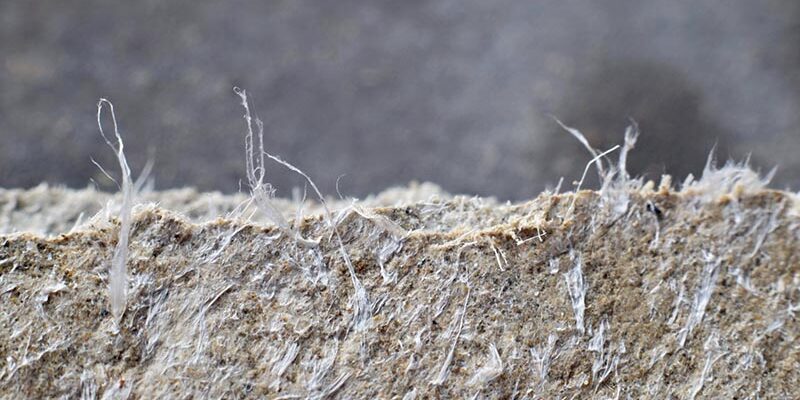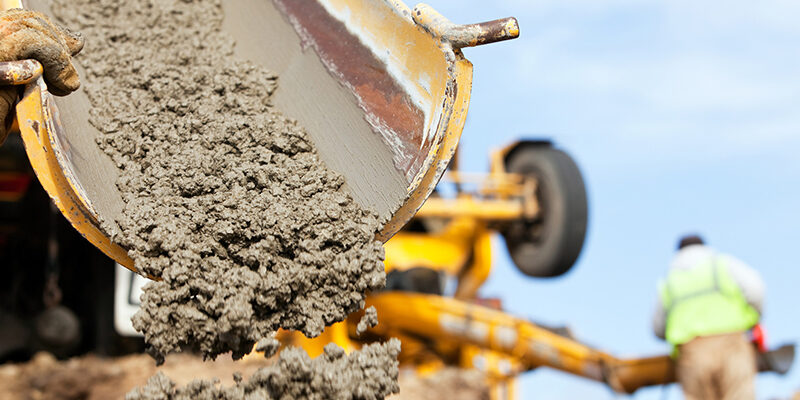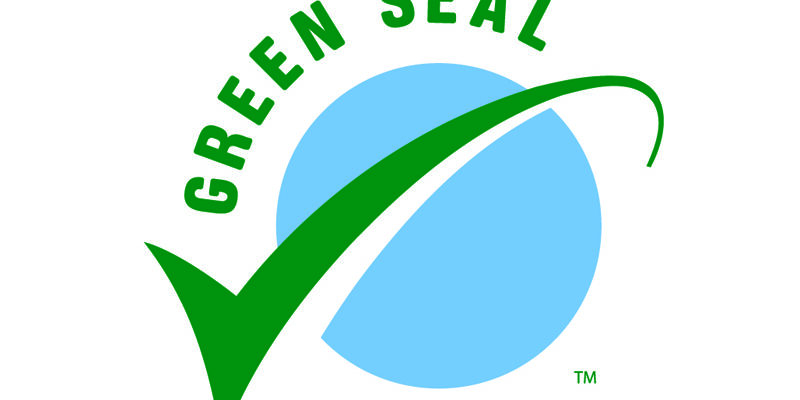Extraction Tools and Procedures

How important is it to have extraordinary extraction tools and equipment?
Let’s consider an example. I hand you a glass full of water and ask you to dry the glass. Would you pour out some of the water, or all of the water?
Not only would you pour out all of the water, it is usually expected that you would towel dry the glass and then allow it to air dry.
You do this because complete removal of bulk water is the best way to get the glass dry as efficiently as possible.
In the drying environment, would not the same principle that applies to drying the glass efficiently also apply to drying a wet structure?
Do you apply that same level of industriousness to your extraction? Or perhaps the better question is this: Are you and your equipment capable of the best extraction that current technology and education allow?
The majority of the industry must answer ”no.”
For the majority of restorers, the staple extraction rig is a truckmount and wand. Using this equipment for extracting carpet and pad requires following the surface extraction with removal of the pad. While this can prove effective, it is not always efficient.
The best tool options for extracting carpet and pad are “sub-surface” extraction tools. By definition, these tools extract not only the carpet but also the pad below the surface. We can divide these tools into two groups, “stationary” and “ride-on”.
Stationary tools
Stationary tools are the lowest initial investment, if you currently have a truckmounted extraction unit.
They are also very compact, which makes them a great addition to a truck that is typically cleaning carpet, but is also used for extracting water damages when the need arises.
For a few hundred dollars, you can turn a carpet cleaning truck into an extraction truck.
A stationary tool works by creating a seal to the carpet when the technician stands on the tool, forcing the water up into the vacuum chamber. By design, it requires a substantial vacuum source. Using a portable is not going to be as effective as using a truckmount.
Proper procedures for using a stationary tool are fairly straightforward.
First, attach a two-inch vacuum line from a truckmounted extraction unit to the tool. Start at the corner of a room. Stand on the tool in that corner for a “five count”, about five seconds, or however long it takes to obtain a consistent cadence.
Next, remove the tool and disengage the carpet in that corner from the tackless strip. Take the pad back and squeeze it as hard as you can. If you can squeeze even a couple drops of water out of the pad, you need to give your extraction process more time.
While this is a rudimentary test, it is quite effective. If you can squeeze water out, you can extract water out.
Lay the carpet and pad back down and extract the same area first tested for another “three count”. Repeat this until during your test you are not able to squeeze out any additional water. Now you know how long to extract the rest of the room.
Repeat consistently over the entire wet area. Then follow this extraction with a carpet cleaning tool (wand) extraction of the carpet. This will effectively remove a sufficient amount of additional moisture from both the pad and the carpet so that you can dry both in place, or by using a floating technique with directed heat.
Ride-on tools
A first glance will tell you these units are both more fun to use and more costly.
There is a definite increase in initial cost for these units, even if you already have a truckmount. However, extraction will be faster using these units, compared to a stationary tool, and will give you a lower total cost of ownership if you do a substantial amount of water damage work.
In addition, some of these units have optional integrated vacuum systems that will perform as well as, or better than, a truckmount. The integrated vacuum units are substantially less costly than a truckmount and occupy much less space if you have a dedicated water damage truck.
Choose the unit that best suits your individual needs.
These units work by “wringing” the pad out and extracting the free water. The technician’s weight is used to compress the pad and wring the water out. Again, a substantial vacuum source is required for these units to remove a sufficient amount of water.
Proper extraction begins with attaching a two-inch vacuum line to the tool. Continue with an extraction test similar to the one used with the stationary tools.
With these tools, begin by placing the unit about two feet away from the corner and extract to the corner and then back out. This back and forth would be considered two passes. Check the pad and extract the proper number of passes to pass the extraction test. Repeat this same number of passes over the entire wet area. It is not necessary to follow up with a carpet cleaning tool (wand) extraction.
Education
Getting the right tools is only half the battle. Proper hands-on education is also a must.
Visit www.iicrc.org and find an Applied Structural Drying (ASD) course where you can gain the necessary knowledge through hands-on extraction training.
There are flood houses around the country that can provide you with the opportunity to get a proper extraction education.
Another educational opportunity comes from the Society of Cleaning and Restoration Technicians (SCRT), which produced the W.E.T. (Water Extraction-efficiency Test) Study. This is the definitive research paper on extraction tools and vacuum systems for our industry. It would be wise to get a copy from the SCRT (www.scrt.org) and research your current tools as well as any units you may be considering.
With just a little bit of effort and some initial funding on your part, you can upgrade from an antiquated system of surface extraction and pad-pulling to the modern process of sub-surface extraction.
You’ll be glad you did.
Jeremy Reets operates the Sharpsburg, Georgia-based Champion Construction Systems Inc., a full-service restoration company. He formed Reets Drying Academy, www.reetsdryingacademy.com, where he hosts IICRC WRT, ASD and Commercial Drying Specialist Courses. He is also the innovator behind the Reets Evaporation Method, the Evaporation Potential Formula and the TES drying system distributed by Interlink Supply. Reets teaches his “World”s Fastest Drying System” at the Reets Drying Academy and can be reached at [email protected].












